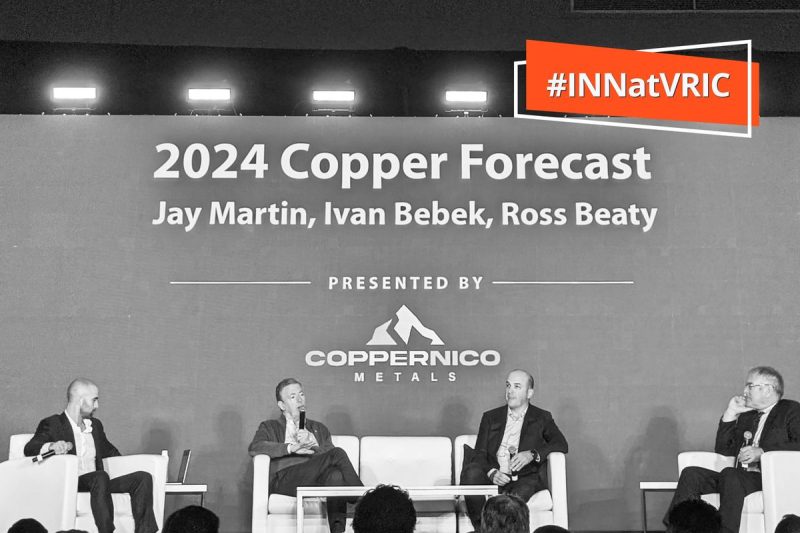Panelists Tout Copper’s Long-Term Fundamentals: Is Now a Good Time to Invest?
Introduction:
In recent years, copper has garnered increasing attention as a potentially lucrative investment. With its diverse range of applications and critical role in various industries, the metal has become a popular choice among investors seeking long-term prospects. Industry experts and panelists have recently extolled the long-term fundamentals of copper, further bolstering its investment appeal. This article examines the panelists’ insights and explores whether now is indeed a favorable time to invest in copper.
Insights from Panelists:
During a recent conference on global commodities, a panel of experts presented a compelling case for copper’s long-term potential as an investment option. These panelists consisted of renowned economists, industry analysts, and market veterans, who shared their knowledge and perspectives on the metal’s future outlook. Here are some key insights gleaned from their discussions:
1. Copper’s Essential Role in Global Economy:
Panelists unanimously emphasized that copper plays a central role in the global economy due to its diverse applications across industries. From construction and infrastructure development to electronics manufacturing and renewable energy systems, copper is an indispensable component. As the world continues to urbanize and experience technological advancements, the demand for copper is expected to surge, thereby driving up its price.
2. Infrastructure Development and Government Initiatives:
With governments worldwide investing in infrastructure development, the demand for copper is set to rise significantly. Panelists noted that initiatives such as road construction, renewable energy projects, and electric vehicle adoption will propel copper demand in the coming years. This anticipated surge in demand could lead to a substantial increase in copper prices, benefiting long-term investors.
3. Supply and Demand Dynamics:
Panelists highlighted the importance of understanding the supply and demand dynamics of copper before considering an investment. While acknowledging that supply fluctuations can impact short-term prices, they reiterated the positive long-term fundamentals of the metal. Copper extraction is becoming increasingly challenging, resulting in limited new deposits being discovered. Coupled with rising demand, this imbalance is expected to fuel the metal’s value over time.
Is Now a Good Time to Invest?
Considering the insights shared by the panelists, it is reasonable to question whether now is an opportune time to invest in copper. Here are a few factors to consider:
1. Long-Term Investment Potential:
Experts agree that investing in copper should be approached with a long-term vision. While short-term price fluctuations are inevitable, the metal’s essential role in critical industries suggests that its long-term value is likely to appreciate. Investors with a patient approach and a time horizon of several years may find copper to be an attractive investment option.
2. Diversification Benefits:
In a well-rounded investment portfolio, diversification is key. Copper provides an opportunity to diversify risk and reduce vulnerability to the volatility of other assets. As a tangible asset with intrinsic value, copper offers a hedge against inflation and currency fluctuations. This diversification potential enhances the overall stability of an investment portfolio.
Conclusion:
Given the panelists’ insights into copper’s long-term fundamentals, the metal holds promise as an investment option. Its essential role in critical industries, coupled with global initiatives for infrastructure development and renewable energy, sets the stage for increased demand and potential price appreciation. However, as with any investment, careful consideration of risk tolerance, portfolio diversification, and a long-term perspective is crucial. Investors interested in the potential benefits of copper should conduct thorough research and consult with their financial advisors before making any investment decisions.



























